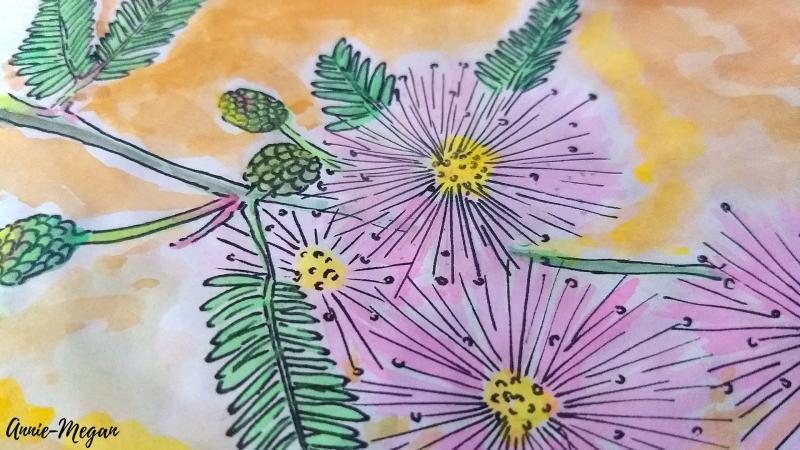
Do you remember poking a plant that quickly closed its leaves, seemed to droop and shy away? An introvert among plants and a favourite among all of us, the touch-me-not or chuimui in Hindi, is aptly named Mimosa pudica by scientists, where pudica is Latin for shy or chaste. We have all enjoyed seeing it fall asleep; probably wondering what happened inside the plant and perhaps waiting with curiosity for it to reopen! Pioneering biophysicist, Dr Jagdish Chandra Bose was one of the first to study the electrical signalling between plant cells in the touch-me-not and invented devices to measure the mechanical response of the plant.
What makes the plant shy away from touch? Rapid movements induced by contact, known as seismonastic responses, are the reason. In this shy plant, the motor machinery for these responses is found in the pulvini—an enlarged section at the base of a leaf stalk. When we look at this sophisticated equipment through a microscope, it becomes evident that the major participants in this mechanism are water, fluid-filled sacs of the cells and charged ions.
Water maintains the shape of the plant cells by creating an internal pressure called turgor pressure. Upon receiving external stimuli like touch, rapid cooling or heating, or shaking, an electric signal is triggered wherein many aquaporins or channels release ions of potassium, calcium, sodium and chlorine, and water from the vacuoles or fluid sacs, through a process called osmosis. This process leads to loss of turgidity and like a punctured water balloon, the leaflets collapse. After some time, typical conditions are restored, and the leaves reopen.
Scientists have studied why Mimosa pudica has evolved this energy consuming mechanism despite its interference with photosynthesis. Many believe that the rapid movement discourages herbivores and hence is a defensive strategy for the plant. A plant-eating-insect would undoubtedly prefer a meal that wouldn’t make a sudden move!
Editor's Note: The title was edited due to a typo. The mistake is regretted.





